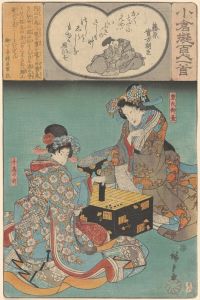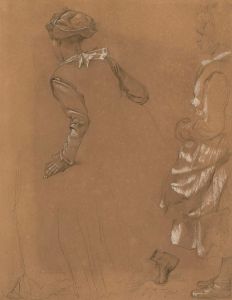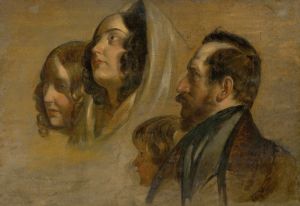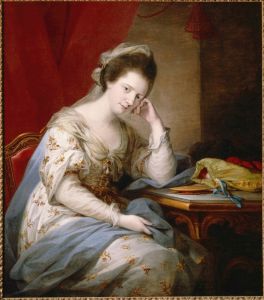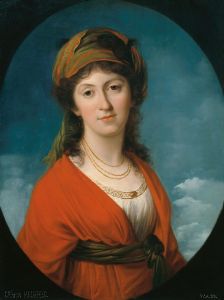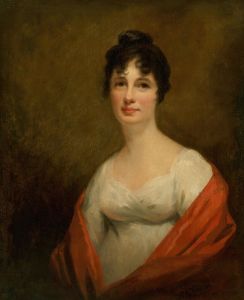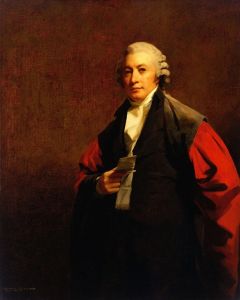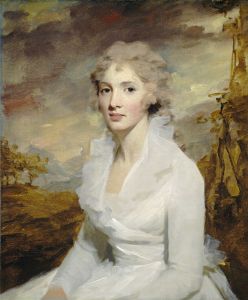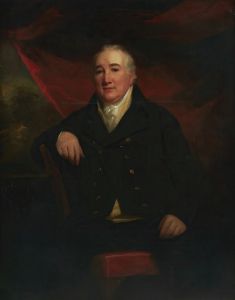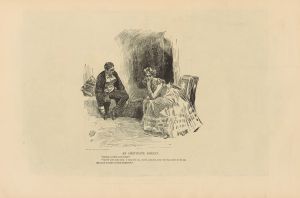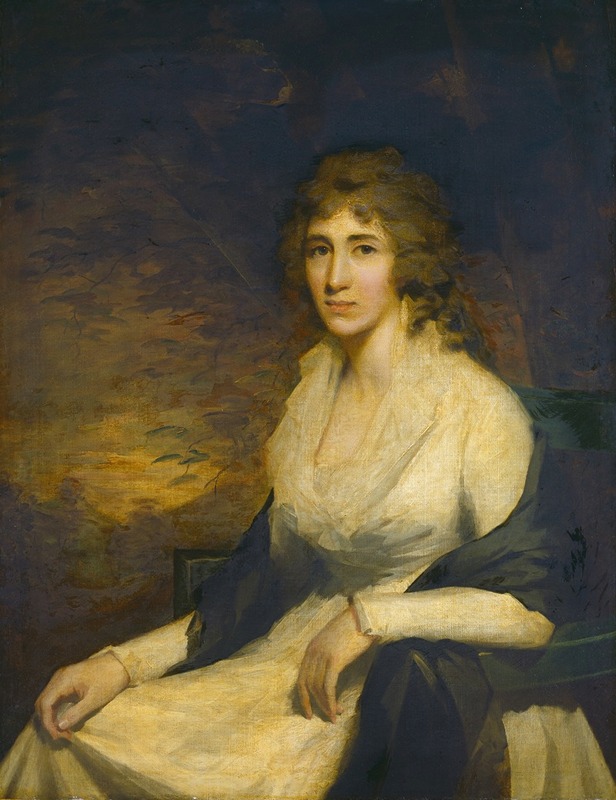
Mrs. George Hill
A hand-painted replica of Sir Henry Raeburn’s masterpiece Mrs. George Hill, meticulously crafted by professional artists to capture the true essence of the original. Each piece is created with museum-quality canvas and rare mineral pigments, carefully painted by experienced artists with delicate brushstrokes and rich, layered colors to perfectly recreate the texture of the original artwork. Unlike machine-printed reproductions, this hand-painted version brings the painting to life, infused with the artist’s emotions and skill in every stroke. Whether for personal collection or home decoration, it instantly elevates the artistic atmosphere of any space.
"Mrs. George Hill" is a portrait painting by the renowned Scottish artist Sir Henry Raeburn, who is celebrated for his significant contributions to portraiture during the late 18th and early 19th centuries. Raeburn, born in 1756 in Edinburgh, Scotland, became one of the most prominent portrait painters of his time, known for his ability to capture the character and essence of his sitters with remarkable skill and sensitivity.
The painting "Mrs. George Hill" is a testament to Raeburn's mastery in the art of portraiture. Although specific details about the identity of Mrs. George Hill are scarce, the work exemplifies Raeburn's typical style, which often features a strong sense of realism combined with a subtle elegance. His portraits are noted for their lifelike representation and the way they convey the personality and status of the subjects.
Raeburn's technique involved the use of loose brushwork and a keen attention to the play of light and shadow, which brought a dynamic quality to his paintings. This approach is evident in "Mrs. George Hill," where the sitter is likely depicted with a naturalistic expression and a graceful posture, characteristics that Raeburn frequently employed to bring his subjects to life.
The background of Raeburn's portraits often consists of a neutral or softly rendered setting, which serves to emphasize the sitter without distraction. This technique allows the viewer to focus on the facial expressions and attire of the subject, providing insight into their social standing and personal identity. Raeburn's ability to capture the subtleties of fabric and texture further enhances the realism of his work.
Raeburn's career flourished in Edinburgh, where he became the leading portraitist of the Scottish Enlightenment. His clientele included many prominent figures of the time, ranging from intellectuals and politicians to members of the aristocracy. His portraits not only documented the appearances of these individuals but also reflected the cultural and social milieu of the period.
In 1812, Raeburn was elected as a member of the Royal Academy in London, a testament to his artistic achievements and reputation. Later, in 1822, he was knighted by King George IV, further solidifying his status as a distinguished artist.
While the specific details about "Mrs. George Hill" and her life remain limited, the painting remains an important example of Raeburn's work and his contribution to the art of portraiture. His ability to capture the essence of his subjects with both technical proficiency and emotional depth continues to be celebrated, and his works are held in high regard in collections around the world.
Sir Henry Raeburn's legacy as a portrait artist endures, and "Mrs. George Hill" stands as a representative piece of his oeuvre, showcasing the qualities that have made his portraits timeless and influential in the history of art.





